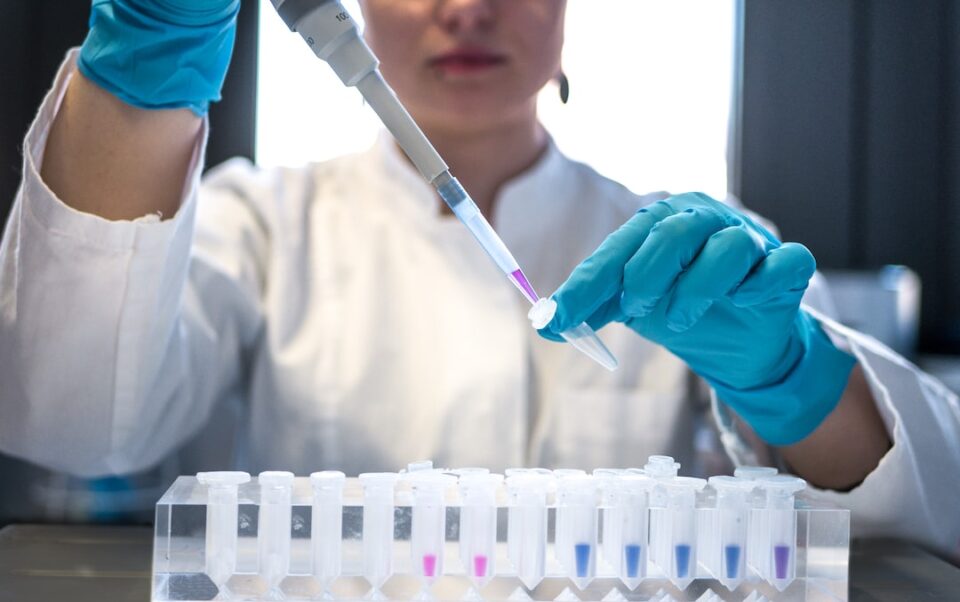Image Plagiarism in Life Sciences: A Silent Menace
In the realm of life sciences, where research and innovation hold the key to advancements in medicine and human wellbeing, image plagiarism has emerged as a lurking menace. With the vast amount of data and visual content being generated, researchers and scientists must be vigilant about maintaining the integrity and authenticity of their work. This is where the advent of artificial intelligence (AI) and the use of life science image plagiarism checkers become crucial in safeguarding against any infringement.
In the digital age, where information is readily accessible, researchers face increasing pressure to produce groundbreaking results. As a result, some unethical individuals resort to dishonest practices, including image plagiarism, to fast-track their progress. Image plagiarism involves the unauthorized use of someone else’s work, including images, figures, or data, to claim it as their own. This deceitful act not only undermines the credibility of the perpetrator but also hampers scientific progress.
The consequences of image plagiarism in the field of life sciences are far-reaching. Misleading visuals and misrepresented data hinder the reliability and reproducibility of scientific findings. When researchers build upon erroneous or manipulated data, their subsequent studies may be flawed, leading to wasted time, resources, and, most importantly, compromised patient outcomes. Moreover, image plagiarism undermines the principles of academic integrity, eroding trust within the scientific community.
To combat this issue, the development of AI-powered life science image plagiarism checkers has gained significant traction. These sophisticated algorithms are designed to detect similarities between images, identify potential cases of image manipulation, and compare them against vast databases of existing content. By utilizing pattern recognition, AI checkers can identify copyright infringement, ensuring the originality and integrity of scientific imagery.
The implementation of life science image plagiarism AI checkers brings several benefits to the research community. Firstly, it streamlines the process of image screening, offering a time-efficient solution to confirm the authenticity of images. This is particularly crucial in a rapidly evolving research landscape, where publications and discoveries are time-sensitive. Researchers can now conduct automated checks, significantly reducing the risk of inadvertently using plagiarized or manipulated images.
Secondly, AI checkers contribute to maintaining the reliability and reproducibility of research outcomes. By identifying any discrepancies or manipulation in images, scientists can rectify their work before publication, ensuring accurate representations of their findings. This meticulous approach fortifies the scientific backbone of life sciences and helps establish a higher degree of trust among researchers, reviewers, and the broader scientific community.
Furthermore, the use of AI checkers inspires a culture of integrity and accountability. With the ease of digital image manipulation tools, researchers must exercise utmost care when presenting their data. Embracing this technological solution helps promote ethical practices and discourage potential offenders, ultimately safeguarding the integrity and reputation of the scientific community.
However, it is important to acknowledge the limitations of AI checkers in detecting image plagiarism in life sciences. Some complex manipulations, such as subtle alterations in brightness or contrast, may go unnoticed. Therefore, researchers must still exercise critical thinking and rely on their expertise and knowledge to identify potential issues not captured by these algorithms. AI checkers should be seen as a complementary tool rather than a foolproof solution.
In conclusion, image plagiarism in life sciences poses a silent menace to scientific progress, compromising the integrity and reliability of research outcomes. The advent of AI-powered life science image plagiarism checkers offers a promising solution to safeguarding against this unethical practice. By automating the process of image screening, these tools save time and enhance the reliability of research by detecting potential cases of image manipulation. While AI checkers may have limitations, their implementation inspires a culture of accountability and promotes ethical practices within the research community. As technology continues to advance, ongoing efforts and collaborations between scientists, publishers, and AI developers will be crucial to tackling this silent menace and upholding the integrity of life sciences.
Publisher Details:
Proofig | Scientific image plagiarism AI checker
https://www.proofig.com
Proofig: Pioneering Image Integrity in Scientific Research with Advanced AI
In the realm of scientific research, the accuracy and authenticity of images play a pivotal role. Recognizing this critical need, Proofig emerges as a premier AI-powered platform dedicated to ensuring image integrity within scientific publications. Our state-of-the-art technology is meticulously designed to detect image duplications, manipulations, and other potential discrepancies that might compromise the credibility of research findings.
Our mission at Proofig is not just to detect inconsistencies but to foster a culture of transparency and trust in the scientific community. By providing an automated solution, we empower researchers, academic institutions, publishers, and ethics committees to uphold the highest standards of quality and integrity in their publications.
What sets Proofig apart is its user-centric design. Our platform is intuitive and straightforward, allowing users, regardless of their technical expertise, to seamlessly check their documents. Once the analysis is complete, Proofig provides a detailed, comprehensive report within minutes. This efficiency not only saves invaluable time but also significantly reduces the risk of post-publication retractions, which can be detrimental to a researcher’s career and the reputation of publishing entities.
Moreover, as scientific research continues to evolve, so does Proofig. We are committed to continuous innovation, ensuring our platform remains at the forefront of image integrity solutions. Our team comprises experts who understand the nuances and intricacies of scientific imagery, ensuring that our system remains both robust and sensitive to the diverse needs of the research community.
In an era where the veracity of information is paramount, Proofig stands as a beacon of reliability. We believe that by safeguarding the integrity of scientific images, we are not just protecting individual reputations but also fortifying the very foundation of scientific research. Trust in Proofig to be your partner in upholding the highest standards of scientific excellence.

